 |
| Mr. Nguyen Dinh Hung |
Remember the battle of the Foreign Legion battalion
Major Nguyen Cuu Chau (Hue City) - a former soldier of Dien Bien shared[1]: There are battles that are deeply engraved in the memories of those involved. Those are memories of the years with comrades, in the days of "Blood mixed with mud" but "Liver not wavering, will not weakening". I would like to recount the battle at Hong Cum to repel the enemy's Legionnaires battalion.
On the morning of April 16, 1954, at 4:00 a.m., taking advantage of the fact that our troops were about to return to rest after several hours of digging fortifications, a Legion battalion divided into two groups and broke into the trenches of C54. At about 4:30 a.m., a group of enemy troops approached the command position. Upon receiving orders from the company, the platoons promptly dispersed to both sides, using 60mm mortars and machine guns to fire heavily at the enemy's leading formation. Some were killed in the first volleys of bullets. Platoons 1 and 2 formed two groups to circle back, Platoon 3, which was tasked with protecting the rear of the battlefield, also quickly advanced to coordinate according to the company's combat plan.
The enemy was busy defending the front, suddenly a flank attack, the formation was in disarray. Meanwhile, our artillery, according to the coordinate report of the company, hit the enemy formation, blocking their retreat... Company 54 was suddenly attacked, but thanks to early planning, flexible and proactive handling, they fought a counterattack and won a resounding victory. The enemy hastily retreated, leaving the wounded soldiers on the battlefield. I clearly heard the cries for help: Avez pitie de moi, sàvez moi (have mercy on us, save us). The company reported to the regimental commander to have the medics bandage them, transfer them to the rear to return them to the enemy when conditions permit, properly implementing the policy of prisoners of war...
When we launched a general attack on the stronghold, the enemy in Hong Cum fled to Laos. The Regiment was ordered to pursue and capture all nearly 2,000 enemy soldiers as prisoners of war, most of them European and African soldiers... This battle was included in the memoir "Unforgettable Years" by General Vo Nguyen Giap.
Pulling artillery in the Dien Bien Phu campaign
Mr. Nguyen Dinh Hung ( Hue City) recounted[2]: During the resistance war against France, I had the honor of participating in the Dien Bien Phu Campaign, belonging to Company 58, Battalion 428, Regiment 141, Division 312 (now called Division 312)...
When we were assigned to pull a 105mm artillery piece, our entire company was as happy as if we were going to a festival. At first, everyone thought that this task was not difficult. But when we started pulling a 2-ton artillery piece uphill by human power, and then bringing it downhill, we realized that this was an extremely difficult and dangerous task...
At first, we were not used to it, so we pulled on our own, our movements were disjointed and we lacked concentration, so the cannon almost stood still and did not move. After gaining experience, our movements were unified, both hands tightly gripping the rope, our feet firmly on the ground, pulling with all our might following the commander's shout: two - three, but the cannon could only move up 1 - 2 inches, and every inch had to be immediately pushed down to prevent the cannon from sliding down the slope. Every night, we had to exert ourselves continuously, which was very tiring. It was winter, the weather in Dien Bien's mountains and forests was very cold, yet sweat and night dew soaked our clothes. After many nights of pulling the cannon, everyone's hands were burned, blistered, and their arms ached. When holding the rope, both hands burned, the pain was sharp to the heart, but everyone had to try, because if just a few brothers with sore hands pulled loosely, the artillery would almost certainly stop, not move, and it would be more dangerous if the artillery drifted or slid down the slope... When it was almost dawn, they had to urgently cut down the leaves of the forest trees to camouflage both the artillery and the road to avoid being detected.
After 7 nights, the artillery still had not reached the designated position. The scheduled firing time on January 20, 1954 had to be postponed to January 25, 1954, then postponed another 24 hours. After many days and nights of struggling to pull the artillery, the artillery moved closer to the field battlefield. While the artillery and units were in the starting position to attack, waiting for the "G" hour to fire, suddenly at 5:00 p.m. on January 26, 1954, there was an order to pull the artillery out and retreat to the assembly point. Many people in the unit were worried, had questions, and had different thoughts, but the order was thoroughly carried out, demonstrating confidence and a great spirit of discipline. We and the artillery soldiers brought the artillery back to the starting position safely. Later, we learned that we had changed the motto of "fight fast - win fast" to "fight steady - advance steady", so the attack was postponed.
The attack did not take place, causing the enemy to pay close attention and perhaps discover that we were moving the artillery away from the battlefield. They did not miss the opportunity to search and discover targets for the artillery and the planes to bomb. Flashes of lightning followed by loud explosions, bomb fragments embedded in the cliffs, trees falling down as if they had just been through a tornado. We had to rush into the middle of the fire, fighting the bullets and fire to prevent them from spreading to the artillery positions. The company political commissar shouted loudly: "Comrades, do not leave the artillery", we all held on to the towing rope tightly, our feet were rooted to the ground, gritting our teeth to hold the artillery and we overcame the dangerous moments. There was a case in a unit where the towing rope broke, the anti-aircraft artillery was in danger of falling into the abyss, the battery commander To Vinh Dien did not hesitate to use his body to block the artillery; gunner Nguyen Van Chuc in the howitzer unit also did the same. By saving the artillery from falling into the abyss, they heroically sacrificed themselves.
The task of pulling the artillery in, pulling the artillery out, and then pulling the artillery in again was arduous, hard, and dangerous, but with the will of the soldiers, with love for the Fatherland, no matter how high the mountains or how deep the abyss, “…but the determination was higher than the mountains. The abyss was deep, but no abyss was deeper than hatred”. On the morning of February 3, 1954, the first day of the Lunar New Year, our unit's task of pulling the artillery was completed.
There are many stories and contributions of the army and people of Thua Thien Hue in the Dien Bien Phu Campaign, together with the army and people of the whole country, to create the historic victory of Dien Bien Phu that "resounded throughout the five continents and shook the world". The victory was decisive, forcing the French colonialists to sit at the negotiating table and return independence to Vietnam; marking the collapse of old-style colonialism all over the world.
[1&2] Excerpt from the proceedings: Discussion "Dien Bien Phu Victory - History and Witnesses"
Source








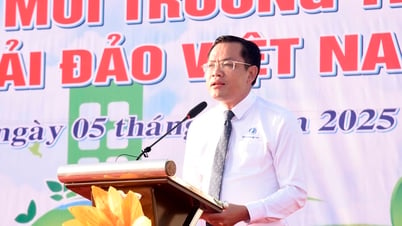
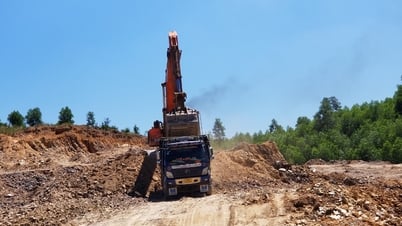

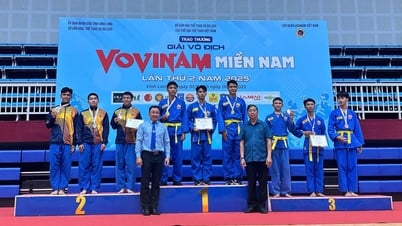


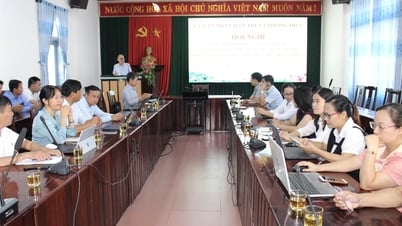






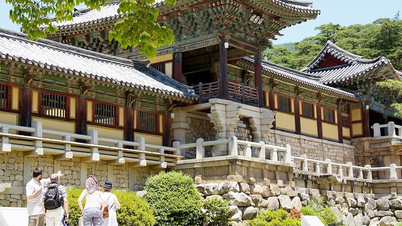
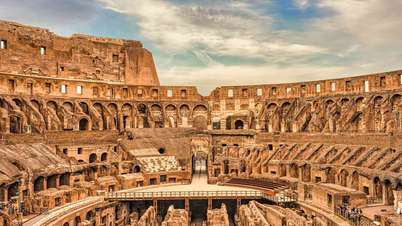



















































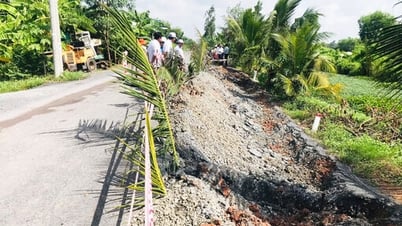

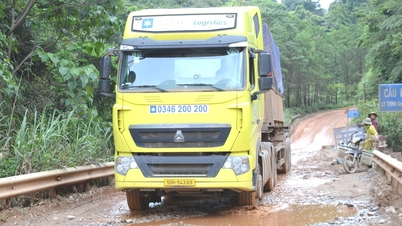



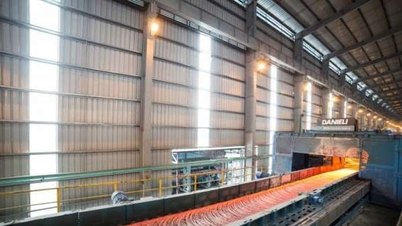











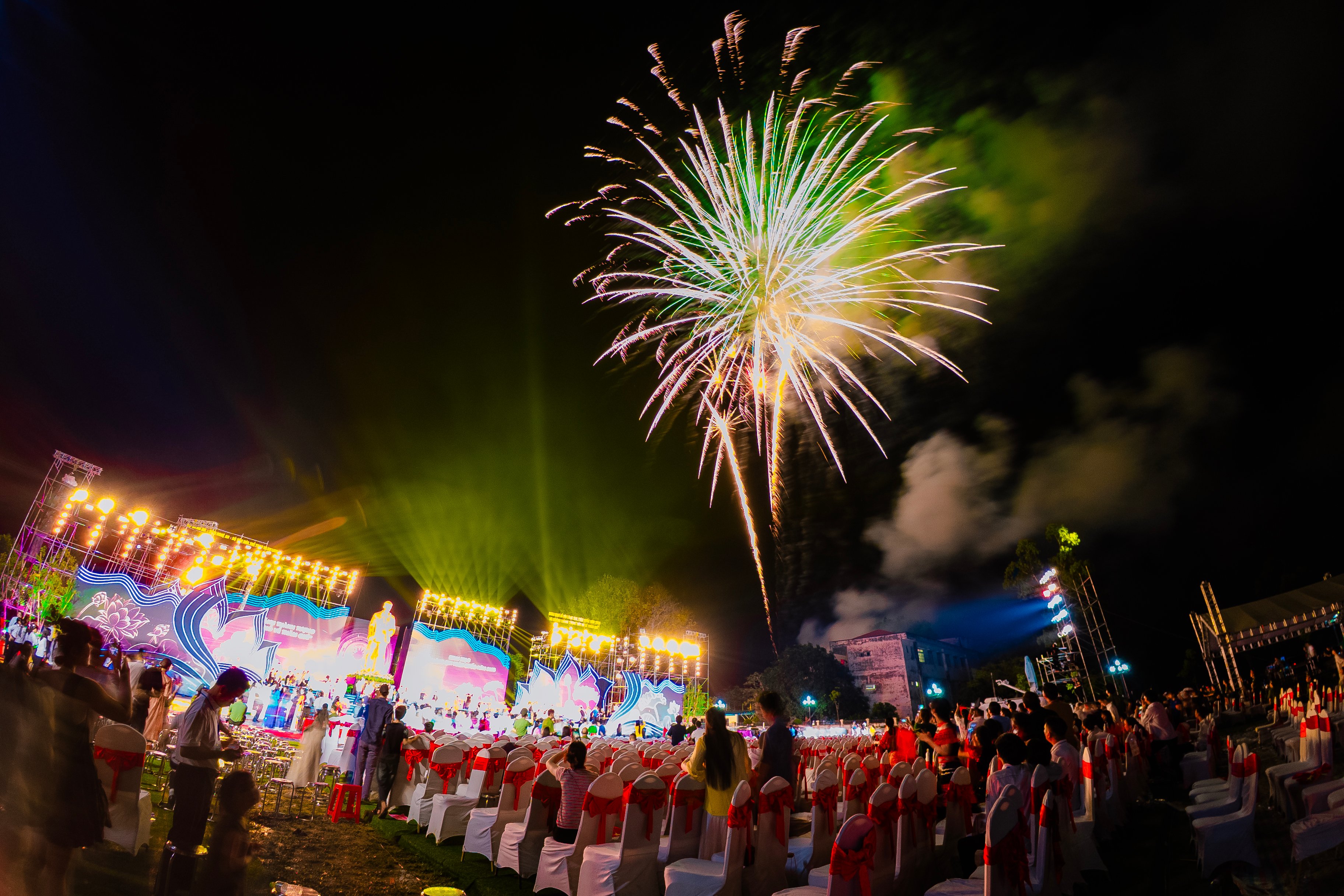
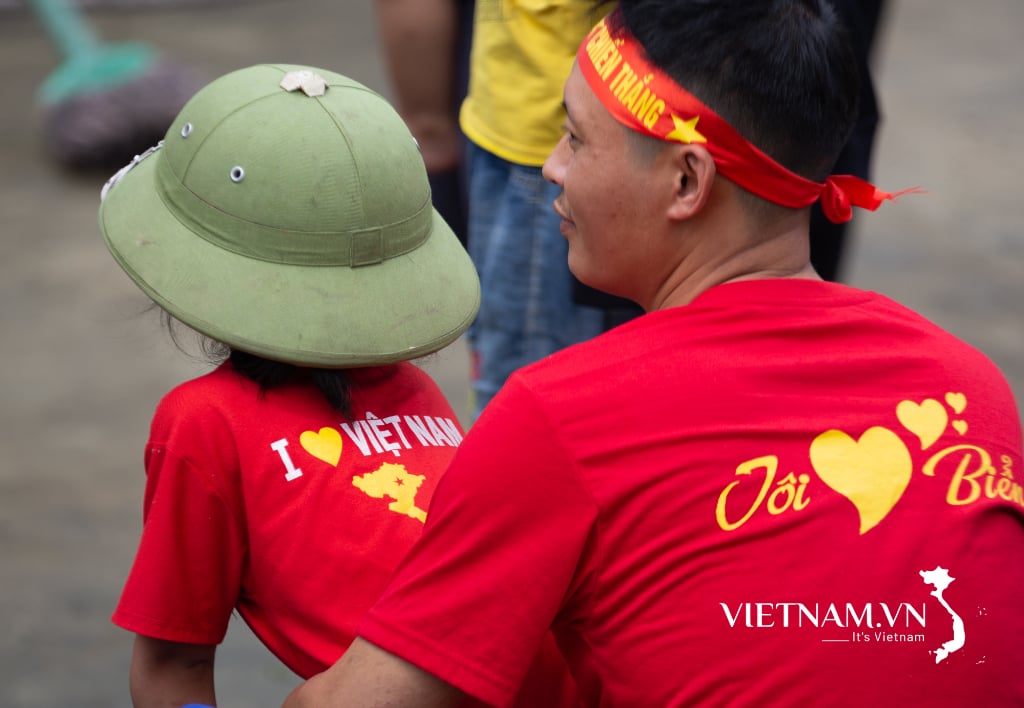
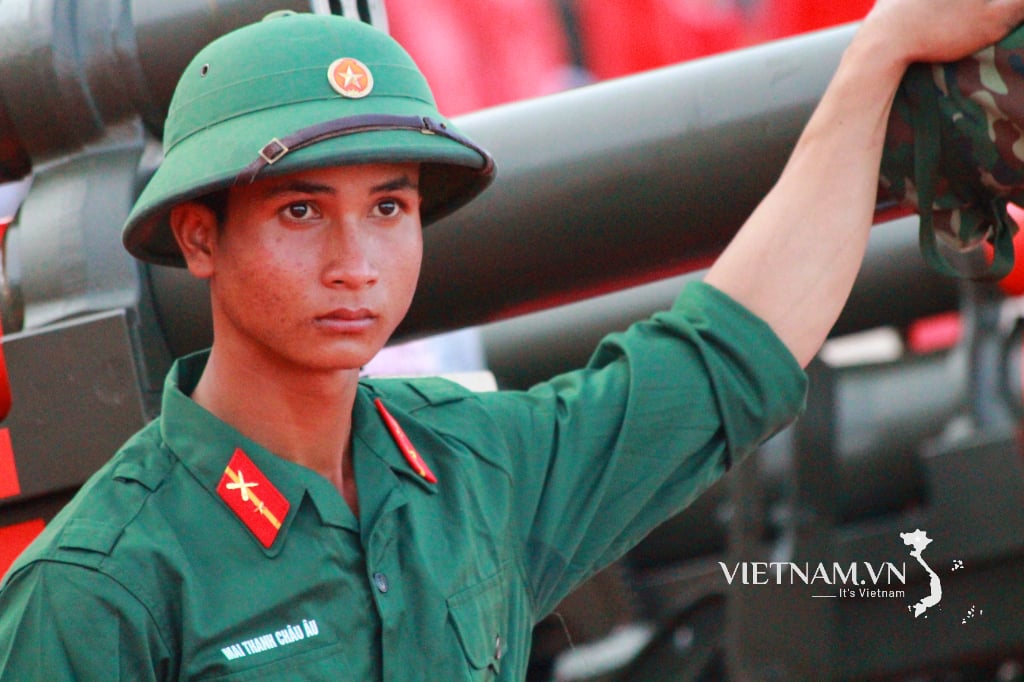

Comment (0)